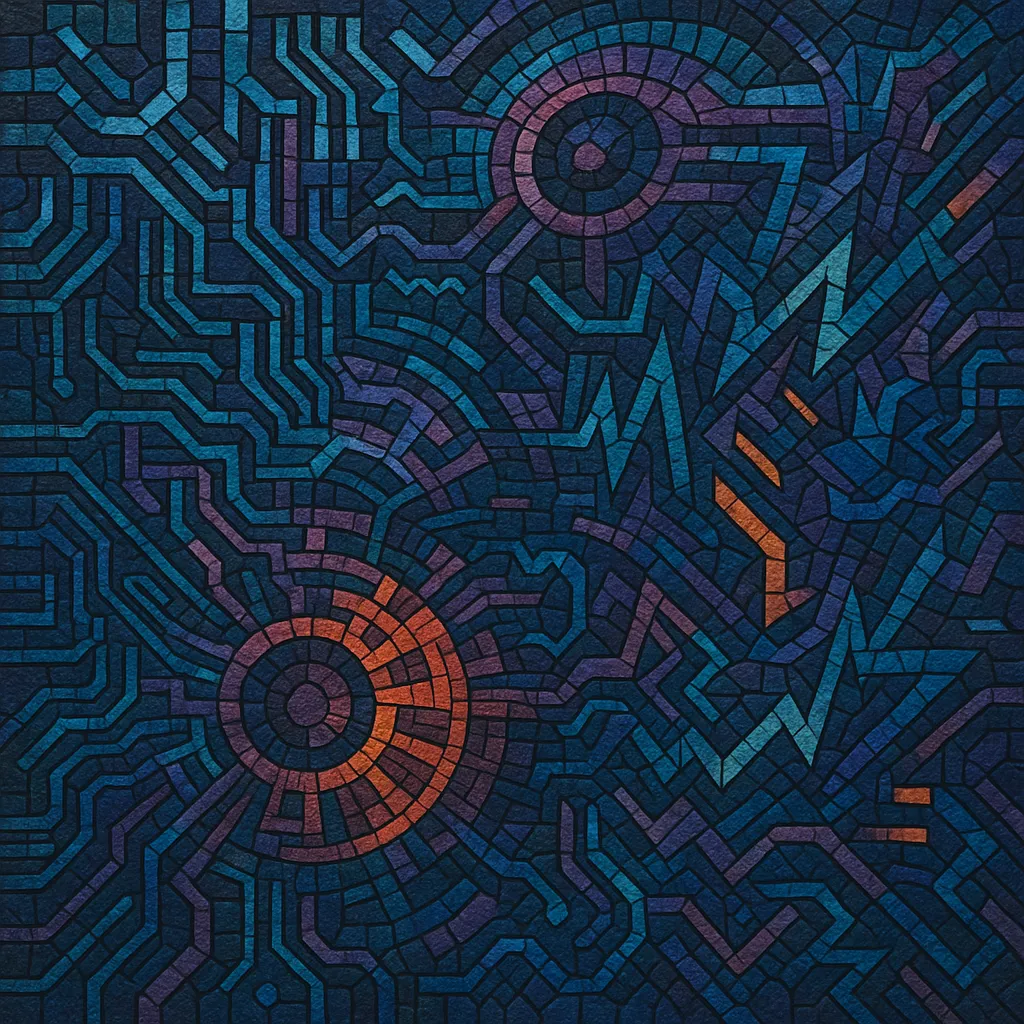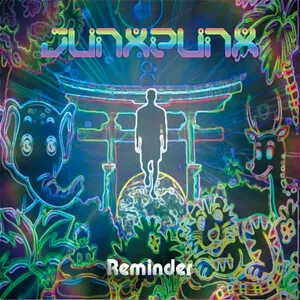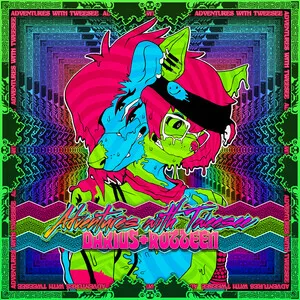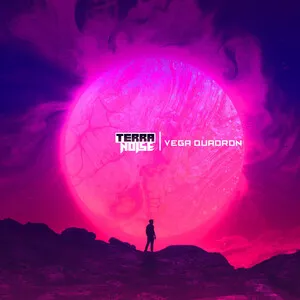Hi‑tech psytrance is an ultra‑fast, experimental branch of psytrance that pushes BPM, sound design, and editing to the extreme. Typical tempos range from 170 to over 200 BPM, with a tight four‑on‑the‑floor kick and a hyperactive, rolling bassline that leaves little empty space.
The aesthetic favors synthetic, futuristic timbres: FM/glitch leads, rapid micro‑edits, pitch‑shifting stabs, alien vocal chops, and heavily modulated effects. Harmony is sparse or atonal; the focus is on kinetic energy, timbral mutation, and rhythmic surprise. The result is a night‑time, high‑intensity sound often described as chaotic yet precise, humorous yet dark, and relentlessly dance‑driven.
Hi‑tech psytrance emerged in the late 2000s from the darker, faster edges of the psytrance underground. Producers associated with European labels and parties began accelerating tempos beyond full‑on and darkpsy norms, while adopting more abstract sound design borrowed from glitch and industrial techniques. Early pioneers emphasized surgical editing, pitch‑warped leads, and an almost constant sense of motion.
Through the early to mid‑2010s, the style consolidated into a recognizable formula: 170–200+ BPM, tightly quantized rolling basslines, sharp percussive transients, and highly modulated FX that morph bar by bar. Labels and crews across Germany, Central/Eastern Europe, and later Latin America helped shape a global network, releasing compilations that codified the term “hi‑tech.” The music retained the night‑time ethos of dark psytrance but replaced gothic atmospheres with a futuristic, cartoon‑surreal tone.
As festivals expanded, hi‑tech secured late‑night and sunrise slots worldwide. Mexico, Russia, Greece, Portugal, and India nurtured strong communities of producers and DJs. The style’s technical demands—especially complex automation, FM timbres, and micro‑editing—became a rite of passage for sound‑design‑oriented psy producers.
Hi‑tech is less about melody and more about momentum, texture, and surprise. It often carries a tongue‑in‑cheek humor (glitched voices, zany FX) alongside a dark, relentless drive. The culture prizes DIY label activity, rapid single/EP releases, and live edits, keeping the sound cutting‑edge and highly individualized.







